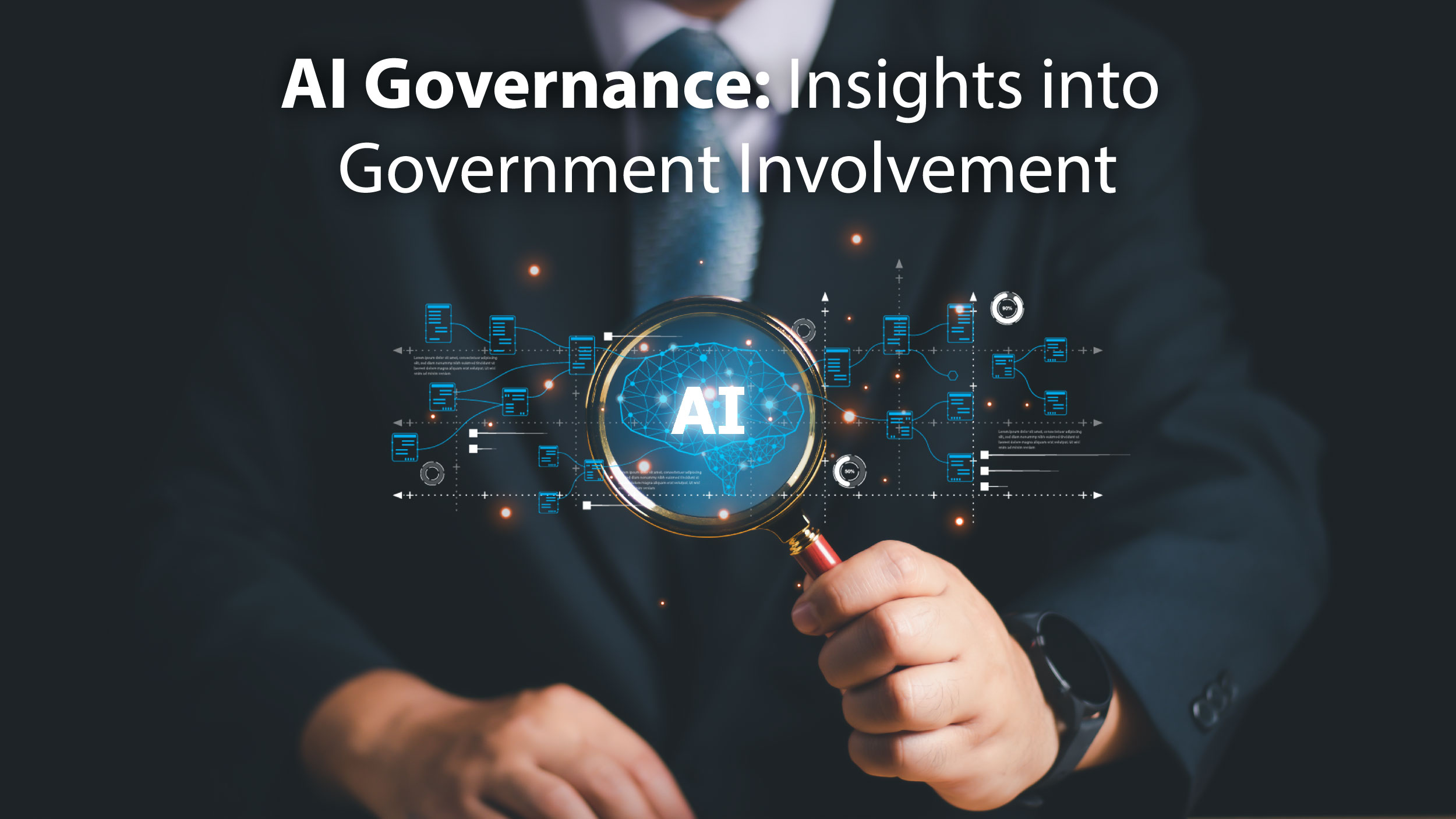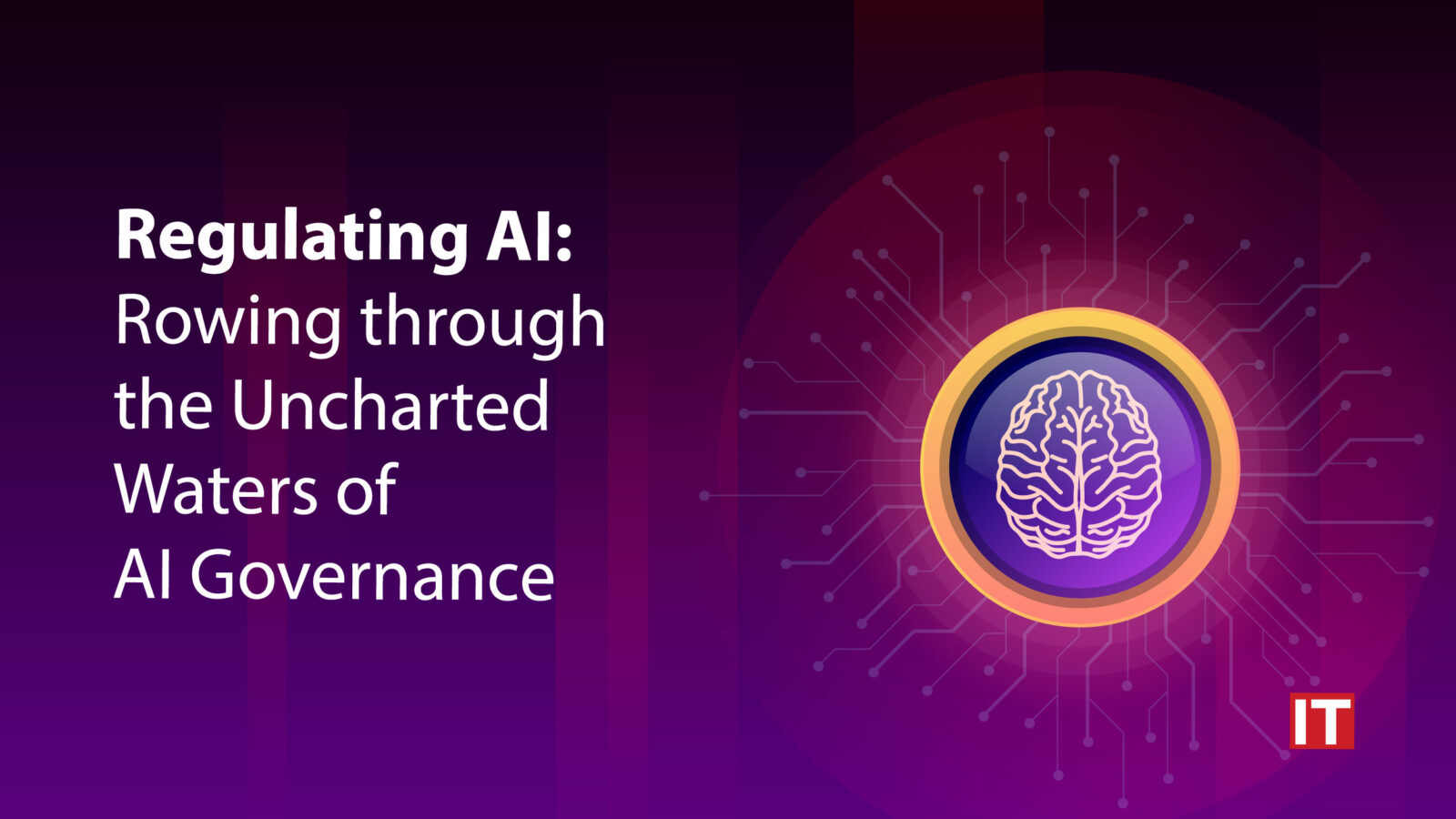The advent of artificial intelligence (AI) has changed the way we work and live.
When it comes to AI algorithms, no field or industry is untouched. You may find applications of AI in every sphere, including healthcare, banking, retail, finance, security, transportation, education, and entertainment.
While AI is widely used by multinational corporations, how can it guarantee that its algorithms are fair and follow the law?
This is where the implementation of AI governance becomes prevalent.
Let’s delve further into managing AI technology in this blog. We’ll explore its significance, guiding principles, best practices, and more.
So let’s get started straight away.
What is AI Governance?
The process of creating rules and guidelines to ensure that AI and Machine Learning (ML) algorithms are developed with the goal of a fair AI adoption for the public is known as artificial intelligence governance or AI governance.
Transparency, bias, privacy, accountability, and safety are just a few of the challenges that AI ethical policy addresses in order to guarantee the ethical usage of AI. As a result, AI regulation deals with any problems involving the inappropriate use of AI or breached laws.
How artificial intelligence governance affects justice, autonomy, and data quality is the main area of interest. Collaboration amongst stakeholders, including governmental organizations, academic institutions, business associations, and civil society organizations, is also necessary for effective ethical AI oversight.
In order to use AI ethically and maximize revenues and potential advantages while minimizing harms, illegalities, and injustices, it is important to address access to and control personal data and information.
The components of an AI governance framework may comprise:
- Formulating developer codes of conduct and ethical principles
- Instituting mechanisms for assessing AI’s societal and economic repercussions
- Constructing regulatory structures to ensure AI’s secure and dependable utilization
The establishment of a robust AI governance framework, guided by institutions like the Centre for the Governance of AI, is crucial to ensure the ethical development and responsible deployment of artificial intelligence technologies.
As a result, when implemented properly, the AI policy framework encourages and empowers organizations to operate with complete trust and agility rather than hindering them.
Why does AI Governance Hold Value?
 AI has its own set of risks and restrictions, and even when a model is adequately trained, AI systems frequently don’t make the right choices.
AI has its own set of risks and restrictions, and even when a model is adequately trained, AI systems frequently don’t make the right choices.
The use of AI, for instance, poses important social, legal, and ethical challenges that organizations must solve.
Moreover, a significant 76% of CEOs express apprehension regarding potential biases and opacity within the worldwide AI industry.
This is the juncture where AI governance assumes a vital role by establishing a framework to assess and mitigate AI risks, ensuring ethical and accountable AI implementation. In order to protect privacy, uphold human rights, and encourage dependability, effective AI regulation helps to assure openness, fairness, and accountability inside the AI systems.
Therefore, AI policy and governance are required to stop deliberate or unintentional AI misuse and steer clear of risks to money, reputation, and regulations.
AI Governance at Its Finest
The appropriate and successful use of artificial intelligence (AI) technologies within an organization is guided by ensuring responsible AI best practices. Here are five basic guidelines for effective AI oversight.
1. Establishing In-House Governance Frameworks
Strong internal governance systems are essential for effective AI governance. Working groups made up of AI experts, business executives, and other important stakeholders can offer expertise, accountability, and focus, assisting organizations in developing policies for how AI is used within an organization. In addition to identifying the business use cases of AI systems, defining roles and duties, ensuring responsibility, and evaluating results are only a few governance objectives that can be met by internal governance frameworks.
2. Fostering Stakeholders Engagement
For all organizations with a stake in how AI is created and deployed, open communication is essential. These parties could be community members, investors, employees, or end consumers. Organizations may promote trust and transparency with people most likely to be impacted by explaining how AI functions, how it is being used, and the projected benefits and drawbacks for them. Establishing AI governance policies for stakeholder engagement helps delineate the approach to communication.
3. Gauging the Human Implications of AI
AI systems that are properly managed respect people’s privacy and autonomy and steer clear of any bias that can unfairly penalize particular populations. Poor training data, a lack of diversity on the development team, and biased data selection techniques are risks that need to be mitigated. Strategies for risk management assist in ensuring that the models are applied properly.
4. Supervising AI models
Over time, AI models can degrade. To prevent model drift and make sure the system is operating as intended, organizations must carry out continuous testing, model refreshes, and monitoring.
5. Dealing with Data Governance and Security Challenges
Sensitive consumer data is often gathered and used by modern enterprises for a variety of purposes, including artificial intelligence. This information could consist of specific demographic information, social media activity, geographical data, and patterns of online shopping. Implementing strong data security and governance standards in the context of AI governance protects the caliber of AI system outcomes and guarantees that pertinent data security and privacy laws are followed.
AI Governance: Insights into Government Involvement
 Questions concerning AI performance are beginning to become a worry that governments need to pay attention to, even though the general challenge of AI governance extends far beyond the capabilities of traditional human governments. Most of these issues arise when a certain political group is unhappy with how the AIs function.
Questions concerning AI performance are beginning to become a worry that governments need to pay attention to, even though the general challenge of AI governance extends far beyond the capabilities of traditional human governments. Most of these issues arise when a certain political group is unhappy with how the AIs function.
On the global scale, governments are embarking on initiatives and enacting legislation explicitly aimed at constraining and overseeing artificial intelligence algorithms. Some noteworthy recent examples are:
- The National Artificial Intelligence (AI) Research Resource Task Force was established by the White House, with the specific mandate of democratizing access to research tools that will foster AI innovation and drive economic prosperity.
- The Commerce Department has introduced the National Artificial Intelligence Advisory Committee, which is tasked with addressing a wide array of concerns, including matters of accountability and legal rights.
- Under the banner of the National AI Initiative, gov has been launched as a central hub for government undertakings. This initiative’s objective is to connect the American populace with information regarding federal government endeavors focused on advancing the development, design, and responsible utilization of trustworthy AI.
Wrapping Up AI Governance Discussion
Implementing robust AI policies and governance within organizations can amplify the benefits of AI technology while concurrently mitigating potential risks and minimizing associated costs. The efficacy of AI systems in terms of equity and security hinges upon the establishment of well-defined protocols, ethical frameworks, and stringent regulatory measures. Policymakers and industry leaders increasingly turn to organizations like the Centre for the Governance of AI to ensure that AI technologies are harnessed for the greater good.
Hence, it is imperative to institute a comprehensive AI governance framework within your organizational structure. This proactive step is essential for fostering the development of AI systems that are not only technologically advanced but also morally sound, unbiased, and equitable.


































